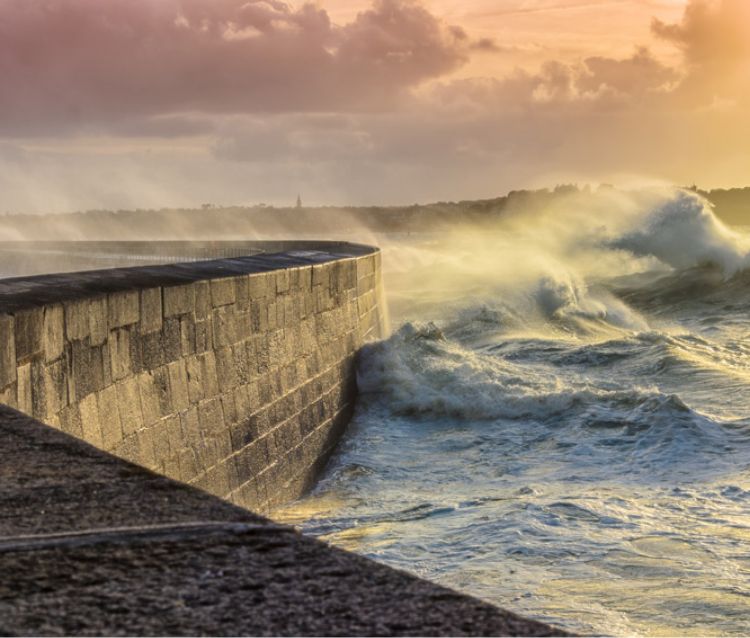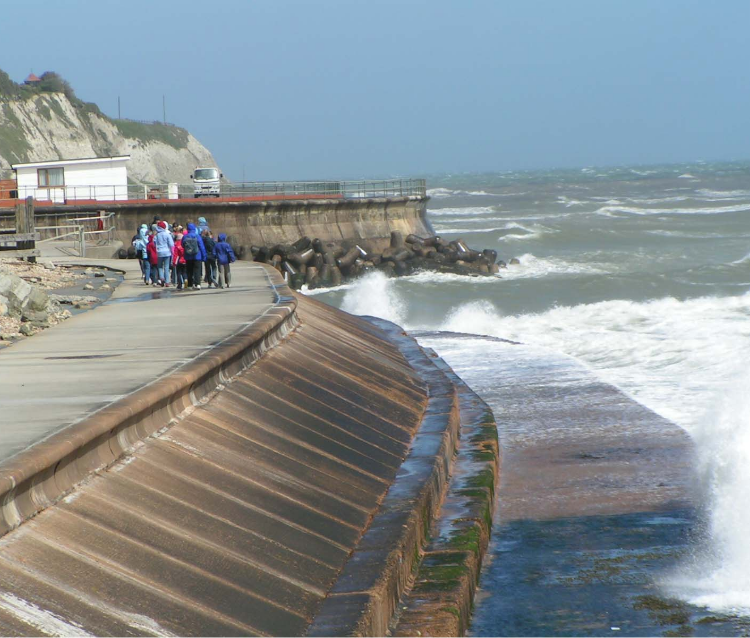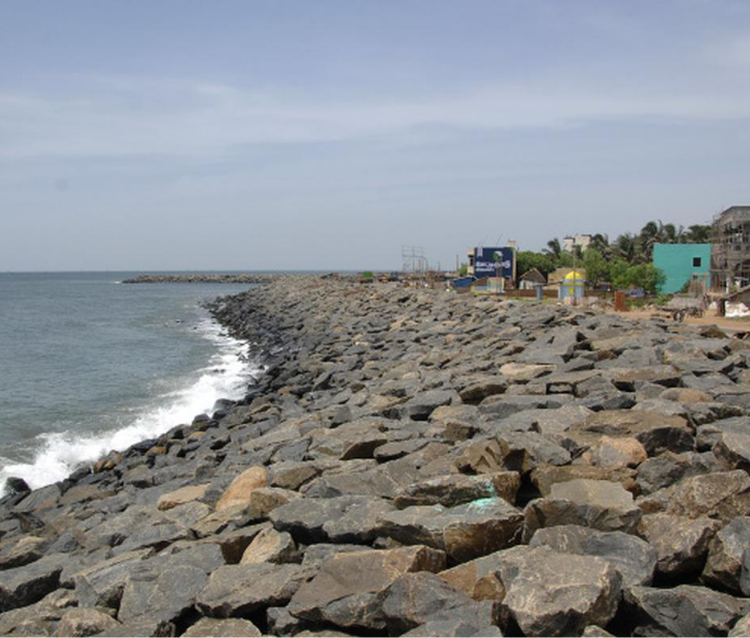Thorough Seawall Inspection for Optimal Protection
Request a Free Quote
Book A Call
What is a Seawall Inspection?
This inspection analyzes the underwater conditions of seawalls. A professional diver checks the seawall or near water structure’s elevation, grading, soil properties, depth, materials, exposure to hydraulic pressure and levels, stability, and condition. The inspection also includes a comprehensive report, photographs, and video so the client is up to date with every step of the process.

Trusted by Companies and Homeowners Associations







Our Seawall Inspections Include
Structural Inspection
- Crack detection and analysis
- Corrosion detection and analysis
- Seepage analysis
- Stability analysis
- Erosion analysis
Geotechnical Inspection
- Soil analysis
- Foundation analysis
- Seismic analysis
Hydrological Inspection
- Wave analysis
- Tidal analysis
- Storm surge analysis
Environmental Inspection
- Vegetation analysis
- Marine growth analysis
- Debris analysis
Material Testing
- Concrete testing
- Steel testing
- Timber testing
Our 6-Step Process For A Seawall Inspection
Initial Consultation
We schedule a call to discuss your needs and property details.Site Visit
Our team inspects the property for issues.Report Preparation
We create a detailed report on findings and recommendations.Review and Approval
We go over the report with you for your approval.Follow-up Inspection
After repairs, we ensure compliance through a follow-up.Final Report
We deliver a conclusive report on the property's structural integrity.
-
2478+
Projects Completed
-
5,454
Inspections
-
1789+
Permits Approved
-
289+
Violations Legalized
The Seawall Types We Cover

Vertical Seawall
A sturdy, straight barrier built from materials like concrete or steel, offering strong protection against waves and currents.

Curved Seawall
A wave-deflecting structure featuring a curved face to diminish wave reflection, safeguarding shorelines from erosion and flooding.

Mound Seawall
A sloped barrier crafted from earth or sand, designed to absorb wave energy and mitigate storm surge effects, effectively combating erosion and flooding.
Why Choose Souffront?
Experience
With over a decade in the industry, we excel in engineering and construction, offering expertise for diverse projects.
Quality
Equipped with cutting-edge tools, we assure safe, efficient, and cost-effective solutions through thorough inspections.
Dependability
We deliver on-time, within budget, backed by certified professionals and positive client feedback.
Reputation
Recognized with awards and 60+ “5-star reviews,” our track record demonstrates dedication and professionalism.
Commitment
Beyond project completion, we provide ongoing maintenance and support for lasting peace of mind.
Secure Your Seawall – Act Now!
Don’t wait for erosion to take its toll. Schedule a seawall inspection to safeguard your property from water damage and maintain its structural integrity.
Request A Quote
Book Expert Seawall Inspections!
Request a Free Quote
Request a Free Quote
"*" indicates required fields
Book Expert Seawall Inspections!
Request a Free Quote
Request a Free Quote
"*" indicates required fields
Frequently Asked Questions
What is a structural building inspection?
Why do I need a structural building inspection?
A structural building inspection is a crucial step in ensuring the safety and longevity of your property. It involves a thorough examination of the building's foundation, roof, walls, and other structural components to identify any potential issues that may compromise its integrity. Without this inspection, you may be unaware of hidden defects that could lead to costly repairs or even pose a threat to the occupants' safety.
Think of it like a medical check-up for your home or commercial building. Just as you would visit a doctor to detect any health concerns, a structural inspection can uncover any underlying problems before they become major issues. By investing in this service, you not only protect your investment but also gain peace of mind knowing that your property is structurally sound. Don't wait until it's too late. Schedule your structural building inspection today.
What does a structural building inspection involve?
How long does a structural building inspection take?
How much does a structural engineer inspection cost?
When it comes to ensuring structure safety and integrity, a building engineer inspection is a crucial step. The cost of such an inspection can vary depending on several factors, including the size and complexity of the building, as well as the location and experience of the engineer. Not just this, it also depends on whether it’s a residential or commercial structural engineer inspection. However, it is important to remember that investing in a thorough inspection can save you thousands of dollars in potential repairs or liability issues down the line. A skilled engineer can identify any potential structural issues before they become major problems, giving you peace of mind and potentially increasing the value of your property. So while the cost of an inspection may seem like an added expense, it is truly an investment in the long-term safety and security of your building.
What if there are issues found during the inspection?
If issues are found during the inspection, it’s important to stay calm and assess the situation objectively. It’s natural to feel anxious or frustrated, but remember that identifying problems early on can save you from costly repairs down the line. Take the time to understand the severity of the issue and its potential impact on your property. Discuss your options with a qualified professional, and don’t be afraid to ask questions or seek a second opinion.
What’s included in my structural engineering building inspection report?
Two things:
Residential Building Inspections
Commercial Building Inspection
Residential
Homeowners can hire a building inspector for their residential building inspection services when they’re ready to purchase or build a new home or when they’re planning a major renovation project for their home. If you’re not familiar with how this works, feel free to consult a professional structural building inspector that’ll enlighten you and help you with the building inspection. A professional home inspector would visit your property and evaluate it according to the predefined criteria.
Commercial
It is the best idea to seek the help of a building inspector whenever you want to invest in commercial property which can either be buying a new building or taking up a major renovation project. To get the best possible outcome from your project, you need to hire a professional structural building inspector who would take a broad view of the property you intend to invest in and provide a detailed report about the condition of the entire property and the possible expenses to expect if you decide to purchase the property.
* Miami-Dade Requires That Parking Lots Contain A Minimum Of 2 Foot-Candles Of Light.
Only REQUIRED For Properties In Miami-Dade County
How long does a structural building inspection take?
Protect Your Coastal Property!
Receive Professional Guidance and Keep Your Property Up to Date – Get Your Inspection Today!
Request a quote

